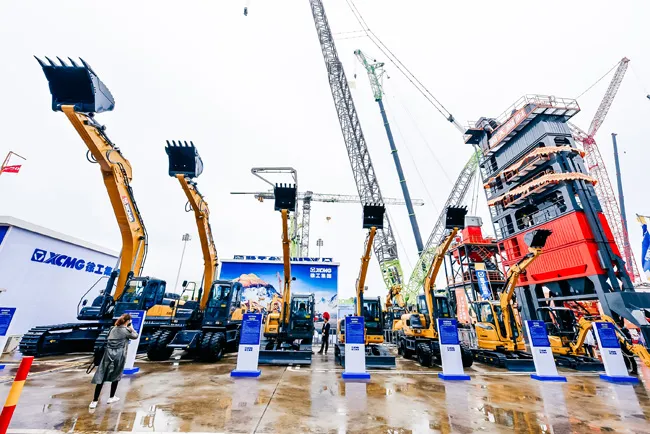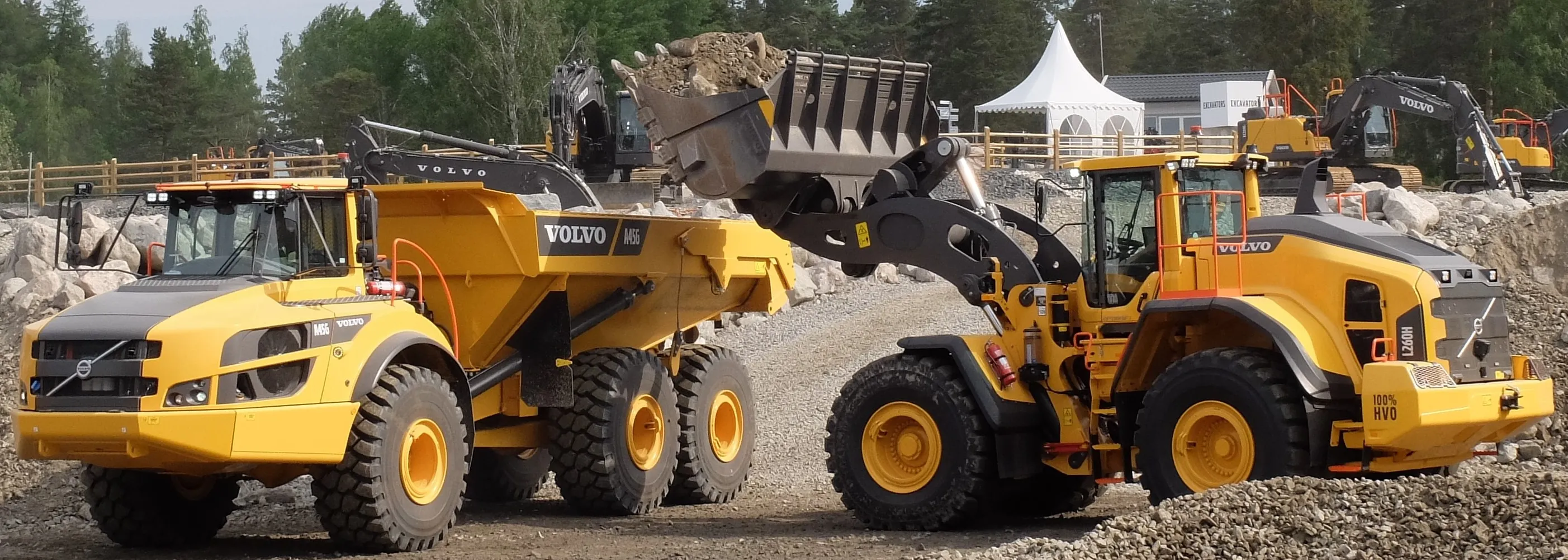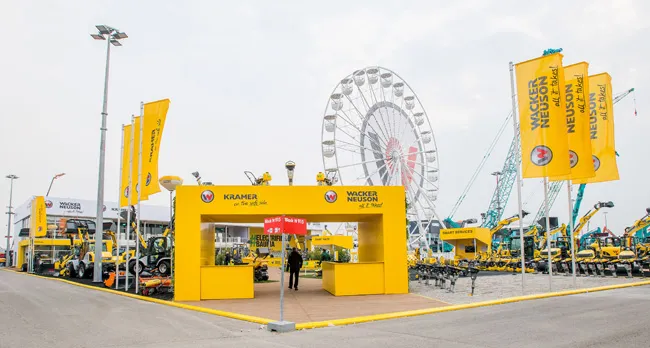The Italian construction machinery builders association, UNACEA, reports a resurgence in demand for equipment during 2017. According to UNACEA’s latest report, the first six months of 2017 have seen 5,109 machines sold in the Italian market, an increase of 6% compared to last year. Looking more closely, sales of earthmoving machines grew 6% with 4,910 machines sold, while sales of road equipment increased by 9% with 199 machines sold.
"The Italian market continue to grow, albeit at a moderate pace,” commented Paolo Venturi, president of Unacea. He added that the recovery of the building market provides a sign of an increasing confidence in the construction industry. However he cautioned that political and economic instability remains a perceived concern, both from companies and foreign investors.
According to the foreign market monitor of the
Looking at regional trends, there has been a recovery of the Russian market, whose trade exchange with Italy had undergone an abrupt slowdown, due to the deterioration of the international relations with the
Italian construction machine firms see resurgence
The Italian construction machinery builders association, UNACEA, reports a resurgence in demand for equipment during 2017. According to UNACEA’s latest report, the first six months of 2017 have seen 5,109 machines sold in the Italian market, an increase of 6% compared to last year. Looking more closely, sales of earthmoving machines grew 6% with 4,910 machines sold, while sales of road equipment increased by 9% with 199 machines sold.
July 25, 2017
Read time: 2 mins








